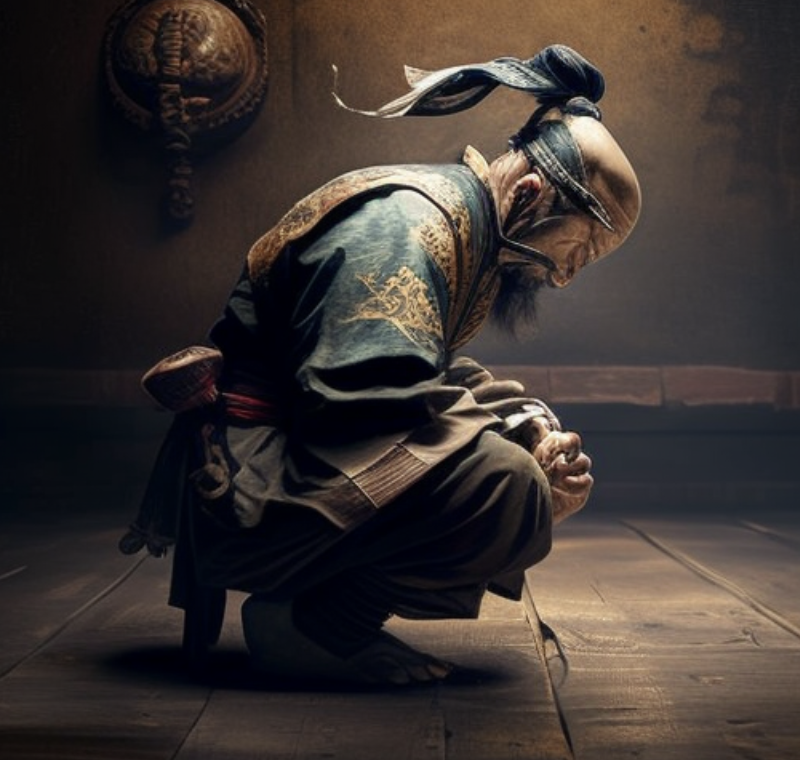
Martial arts have a rich and diverse cultural heritage, with a variety of traditions and rituals that are deeply rooted in the history and values of the cultures that created them. These traditions and rituals serve to honor the past, build community, and instill a sense of discipline and respect in practitioners. Whether it be through bowing, meditating, or performing katas, the cultural significance and symbolism of martial arts traditions and rituals are a fundamental part of the practice.
One of the most common traditions in martial arts is bowing, which is performed at the beginning and end of training sessions. Bowing is a sign of respect and humility and serves as a symbol of the practitioner’s commitment to the practice and the values of martial arts. Bowing is also used to show respect to one’s training partners, instructors, and the art itself. In some cultures, bowing is also seen as a way of acknowledging the presence of a higher power, such as a deity or ancestor.
Meditation is another common tradition in martial arts and is often used to help practitioners develop focus, concentration, and mental clarity. Meditation can take many forms, including sitting, walking, or visualization exercises. The practice of meditation is seen as a way of connecting with the inner self and developing a deeper understanding of one’s thoughts and emotions. Meditation is also used to cultivate a sense of peace and calm, which is essential for effective martial arts performance.
Katas are a series of predetermined movements and techniques that are performed solo and are a central aspect of many martial arts styles, particularly karate and kung fu. Katas serve as a means of training and honing techniques, as well as a way of preserving the history and heritage of the art. The symbolism of katas is often rooted in the culture and history of the art and can include elements such as the depiction of historical battles, the representation of animals, or the celebration of natural elements such as water or fire.
The performance of weapons katas is another important aspect of many martial arts traditions, and serves as a way of training and developing skills with a variety of weapons, such as the bo staff, nunchaku, or katana. Weapon katas often carry a great deal of cultural significance and symbolism and may be used to represent historical battles or to symbolize the mastery of a particular weapon.
Another common tradition in martial arts is the use of colored belts to denote rank and progress in the practice. The use of colored belts serves as a visual representation of the practitioner’s progress and provides a tangible goal for them to work towards. The symbolism of each belt color can vary depending on the style of martial arts, but generally, the progression from white to black belt is seen as a journey of growth and development.
Martial arts tournaments and competitions are also an important aspect of many traditions and serve as a way of testing and demonstrating skills in a competitive setting. These events are often steeped in cultural significance and symbolism and may include elements such as opening and closing ceremonies, the presentation of flags, and the performance of traditional music. Competitions are also seen as a way of building community, as practitioners from different schools and styles come together to test their skills and show their respect for the art.
Finally, the study of the martial arts philosophy and history is another important aspect of the cultural significance and symbolism of martial arts. The study of philosophy and history provides practitioners with a deeper understanding of the roots and values of the art and helps to instill a sense of respect and appreciation for the traditions and practices of martial arts.





